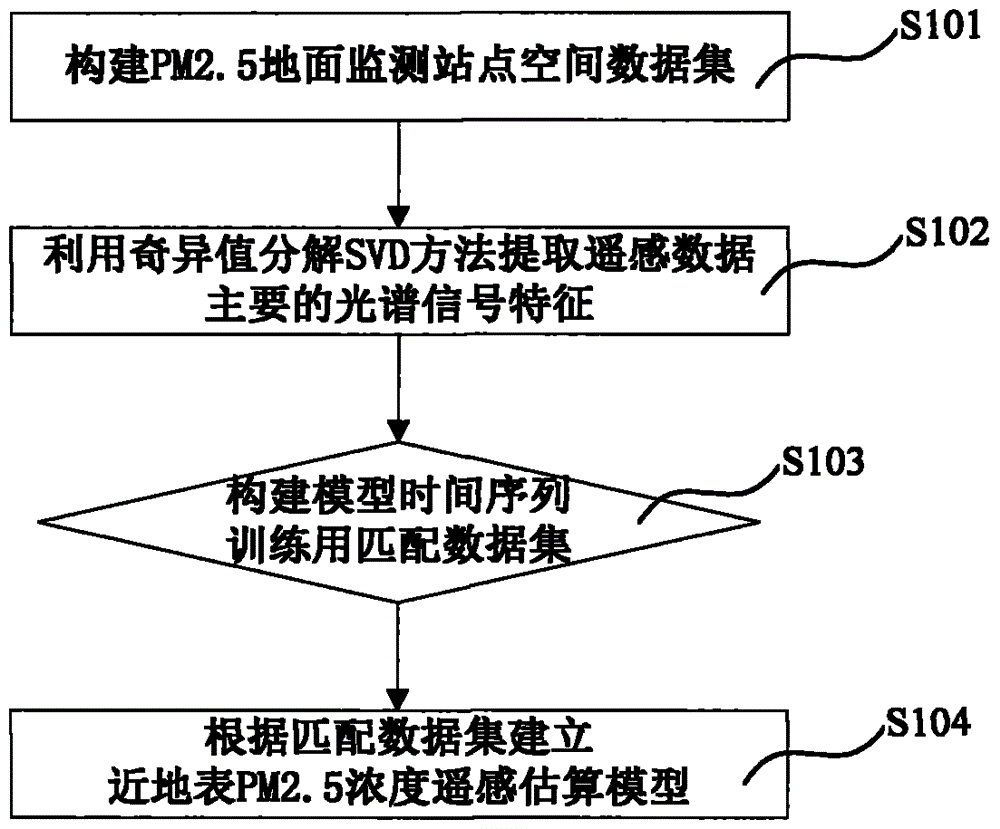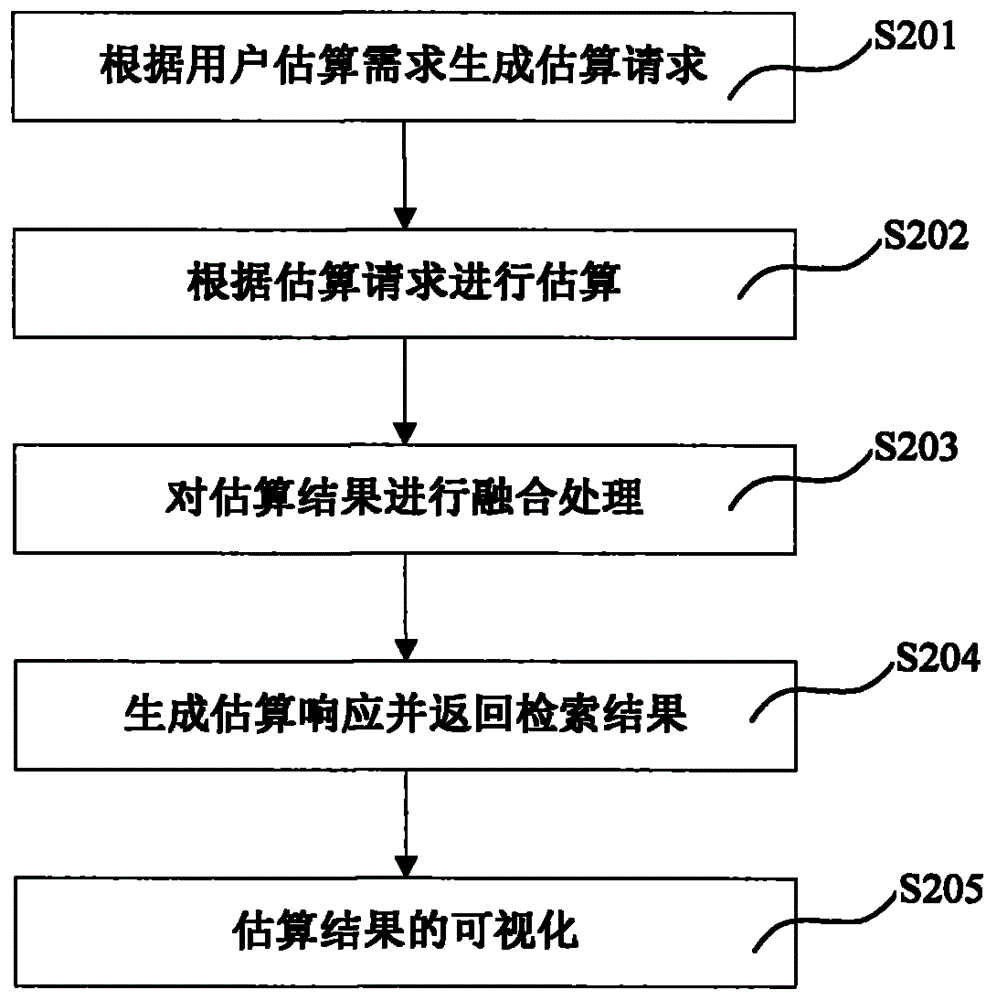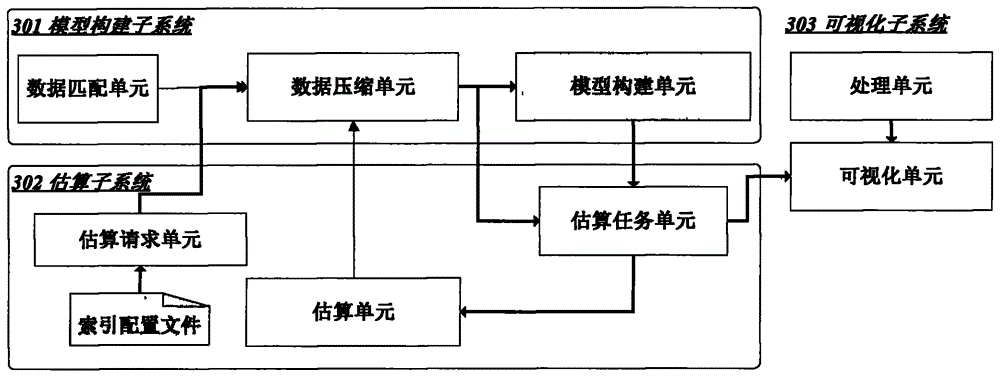Method and system for efficiently estimating near-surface PM2.5 (particulate matter 2.5) concentration
A near-surface, concentration technology, applied in computing, special data processing applications, instruments, etc., can solve the problems of insufficient ground-based concentration observation and limited traditional remote sensing monitoring methods.
- Summary
- Abstract
- Description
- Claims
- Application Information
AI Technical Summary
Problems solved by technology
Method used
Image
Examples
Embodiment Construction
[0045] The present invention will be described in detail below in conjunction with the accompanying drawings and embodiments, so as to further understand the purpose, scheme and effect of the present invention.
[0046] Efficient near-surface PM provided by the invention 2.5 Concentration remote sensing estimation methods include two relatively independent processes of model building and result estimation.
[0047] The basic idea of the estimation model construction process is: use the Singular Value Decomposition (SVD) method to decompose the brightness temperature values of each channel at the transit time of the MODIS satellite, and extract the main spectral signal structure features; according to PM 2.5 Spatial coordinates of ground monitoring sites are matched with corresponding remote sensing information and PM 2.5 Concentration ground monitoring data, to obtain a time series matching data set, and then based on a multi-layer feed-forward neural network to establish...
PUM
 Login to View More
Login to View More Abstract
Description
Claims
Application Information
 Login to View More
Login to View More - R&D
- Intellectual Property
- Life Sciences
- Materials
- Tech Scout
- Unparalleled Data Quality
- Higher Quality Content
- 60% Fewer Hallucinations
Browse by: Latest US Patents, China's latest patents, Technical Efficacy Thesaurus, Application Domain, Technology Topic, Popular Technical Reports.
© 2025 PatSnap. All rights reserved.Legal|Privacy policy|Modern Slavery Act Transparency Statement|Sitemap|About US| Contact US: help@patsnap.com



